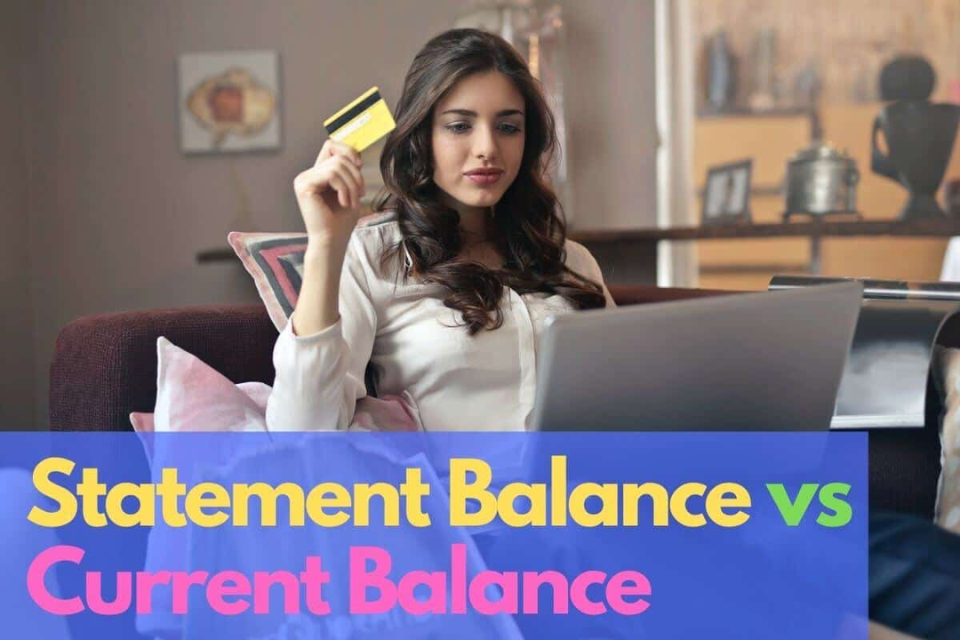When managing your credit card, it’s important to differentiate between your statement balance and your current balance. Each represents a different aspect of your credit card usage and impacts your financial well-being. This article aims to clarify the distinction between these two balances and provide guidance on how to handle them effectively.
Statement Balance
Your statement balance reflects the amount you owed on your credit card at the end of your last billing cycle. It is a snapshot of all the expenses and payments made during that specific period. Once your statement balance is generated, it remains unchanged until the next billing cycle ends. Paying off your statement balance by the due date ensures that you avoid interest charges on that specific billing cycle.
Current Balance
In contrast, your current balance represents the total amount you currently owe on your credit card at any given moment. It includes all the charges and payments since your last statement was generated. Unlike your statement balance, your current balance is dynamic and can change with each transaction or payment you make.
Why does the Difference exist?
The variation between your statement balance and your current balance arises because your current balance is continually updated to reflect your most recent transactions and payments. As you continue to use your credit card, your current balance will increase until you make a payment to reduce it.
Why is My Statement Balance Different from My Current Balance?
If you’ve made purchases or payments since your last statement closing date, your current balance will differ from your statement balance. If you’ve made additional purchases, your current balance will be higher than your statement balance. Conversely, if you’ve made a payment without any subsequent transactions, your current balance will be lower than your statement balance.
Which Balance Should You Pay?
In general, it is advisable to prioritize paying off your statement balance in full by its due date. Doing so ensures that you avoid interest charges on that billing cycle and maintain a positive credit history. Consistently paying your statement balance on time demonstrates responsible credit management.
However, if circumstances prevent you from paying the full statement balance, consider making at least the minimum payment by the due date to avoid late fees and negative marks on your credit reports. While you may accrue interest on the remaining balance, making the minimum payment shows a commitment to meeting your financial obligations.
Grace Period and Credit Utilization:
Credit card issuers frequently offer a grace period of at least 21 days from the date of mailing or delivery of the statement, during which time you can pay the statement balance without incurring interest. You will have enough time to make the payment thanks to this grace period.
Your current amount may have an impact on your credit utilization ratio, which gauges how much of your available credit you are actually utilizing. Some credit card companies disclose your current balance to credit bureaus rather than your statement balance. To maintain a good credit utilization ratio in this situation, it’s critical to keep an eye on your current debt and strive to keep it below 30% of your overall credit limit.
Paying Automatically:
You may set up recurring payments for your credit card bills thanks to the automatic payment options that many credit card issuers provide. You may remain on top of your payments and save on late fees and interest penalties by choosing automated payments, specifically for your statement balance. To make sure there is enough cash in your bank account, it is a good idea to schedule a reminder a few days before the payment date.
Conclusion
Effective credit management requires knowing the difference between your credit card statement amount and your current balance. The best-case scenario is to pay your bill balance in full on the due date in order to avoid interest fees. Making the minimum payment on time is necessary to keep a good credit history, even if that isn’t attainable. Monitoring and controlling your current debt might also have an effect on your credit utilization ratio. You can keep your credit score strong and maintain your financial stability by being informed and making timely payments.
